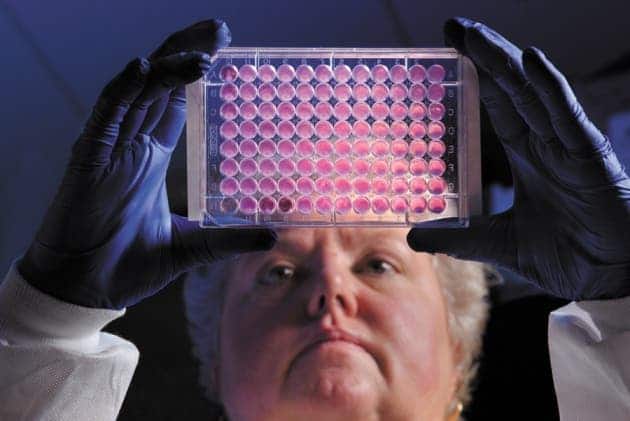Drug resistant bacteria (immune to almost all antibiotics) are dreaded by patients and physicians alike. Finding them in hospitals is bad enough as it is, but failing to detect them is even worse – it can result in a dramatic outbreak.

This is why patients with bacterial infections are typically screened using automated lab tests that uncover the pathogen’s identity, as well as its susceptibility to various (common) antibiotics. Since germs constantly evolve and often become more resistant to some drugs, the responsible organization (FDA in the US) periodically updates the rules for the machines used to perform these tests. But there’s a big problem.
[READ] Antibiotics of the future might come from the bottom of the oceans
The FDA rules have still not been fully adopted in tests for carbapenem-resistant Enterobacteriaceae, or CRE. CRE is a family of gram-negative bacteria that are nearly immune to the carbapenem class of antibiotics, considered the “drug of last resort” for such infections. Many doctors believe CRE to be the newest and most dangerous superbugs, so not detecting them would be a huge problem!
These germs don’t give up easily
The cycle that typically happens is that as the FDA updates its susceptibility criteria, manufacturers must upgrade the screening machines and resubmit them to the FDA for approval. But at the moment, none of the manufacturers have incorporated the latest criteria for all three major types of carbapenem antibiotic – which means that most hospitals are using outdated, potentially dangerous medical screening equipment. This means that CRE cases might go undetected – and this spells big problems.
“It is sad this is a man-made problem,” says Janet Hindler, a clinical microbiologist at the University of California, Los Angeles.
Another problem is that the resistant bacteria category keeps getting larger and larger – and this is also a man-made problem; one of the main reasons is that more detailed studies on antibiotic effects on the human body (as opposed to a Petri dish in a lab) have shown that the threshold for antibiotic resistance in the body is lower than once thought. Another reason is that many types of resistant bacteria have emerged since various antibiotics were first approved.
Meanwhile, Europe is doing a little bit better – Europeans have removed at least one hurdle to getting its own up-to-date resistance categories. The expert body that recommends the classifications, the European Committee on Antimicrobial Susceptibility Testing, also sets the criteria for the European Medicines Authority – which reduces a lot of bureaucracy and saves a lot of time.
But the problem of antibiotic-resistant germs is getting more and more challenging, and it’s becoming harder and harder to keep it under control.
Via Nature.



